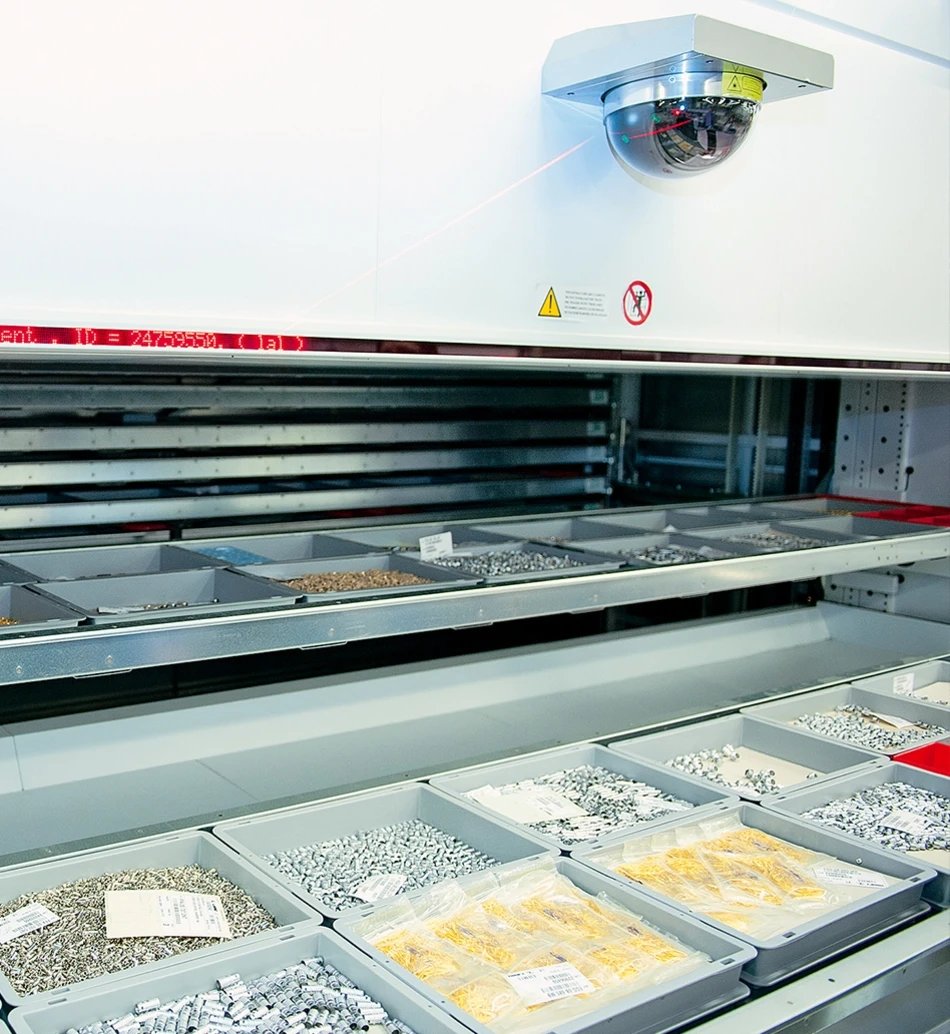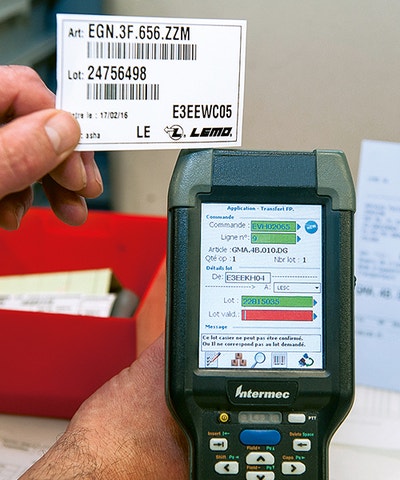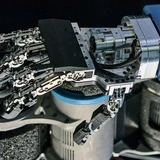Stocks running like Swiss clockwork

Stock management is a key element to a company’s performance. Especially when, like at LEMO, your stocks comprise of 47 million parts including 27,000 different types!
Constantly looking to improve its processes, LEMO has completely modernized its stock management, by investing in Cube machines, designed by the Italian company Modula. The days of endless lines of drawer cabinets and operators searching for parts with their trolleys are long gone.
The LEMO IT system gives assembly orders to the Warehouse Management System through the integrated Modula Software. It makes it possible to optimize the order as the operator scans the bar code of the requested part number. The machine prepares and conveys the different parts thanks to its large drawers measuring 430 cm by 65 cm. Each drawer contains 20 to 220 boxes, each storing a different part.
Each box can be identified in a drawer through a control screen. This is much faster than it used to be, when the operator had to actually read the references on each container to find the right one. Once an order line is completed, the operator confirms it on a touch screen. Without this operation, the machine does not propose the rest of the order. This rules out the risk of incomplete deliveries.

LEMO has acquired seven Modula machines in total, each of them containing between 48 and 121 drawers. All these machines work with a combination of double drawers. “This combination is the reason why we chose this particular system”, adds Jeffery Warren. “While the operator is working on the first drawer, the machine prepares the next step in the second one.”
“Today we process an average of 2,000 order lines per day, with a staff of only thirteen people.” In addition to efficiency, there are other advantages for the operators. First of all, work has become less tiring, since the never-ending comings and goings between the lines of drawer cabinets have ceased. Let’s not forget about the greater autonomy and responsibility, as each operator has to manage his or her inventory on the machine to which he or she has been assigned. “Where inventory was managed inconsistently in the past, the system makes it possible to be more rigorous, whilst the work load has been reduced.”
As spectacular as it may seem, transition towards this modern stock management system went fairly smoothly. “We were able to keep the same premises, with practically no modifications. On an IT level, we simply developed an interface to allow our system (which we wanted to keep) to communicate with Modula’s Warehouse Management System. Thus, the next step may very well be the use of Modula for finished parts. Watch this space!”


